
Launching a SocialFi app on the Base blockchain in 2025 isn’t just a technical flex, it’s a ticket to the next evolution of online communities, where memes and money finally shake hands. With platforms like Friend. tech and Farcaster showing what’s possible, developers are stampeding to build decentralized social networks that reward engagement, not algorithmic ad budgets. If you’re ready to ride this wave (and maybe even become the next SocialFi sensation), let’s break down the must-follow steps for building your own app on Base, no hand-waving, just actionable moves.

Define Your SocialFi App’s Value Proposition and Target Audience
First things first: why will anyone care about your SocialFi app? Before writing a single line of code, get crystal clear about your project’s unique value. Are you targeting crypto-native degens who want tokenized clout? Creators seeking new ways to monetize their content? Or perhaps communities tired of Web2 censorship? Defining your value proposition shapes every product decision, from tokenomics to UX. Map out core features like content sharing, governance votes, tipping mechanics, and decide which pain points you’re solving that Farcaster or Friend. tech haven’t nailed yet.
Set Up Development Environment for Base Blockchain (Node, SDKs, Wallets)
If you thought launching on Ethereum was spicy, wait until you see how smooth Base makes things. Coinbase’s L2 is built for scale without sacrificing security or composability. To get started:
- Spin up a local node or connect to Base testnet/mainnet endpoints.
- Dive into official docs: The Base documentation is packed with recipes for social dapp builders.
- Add SDKs and wallets: Integrate tools like Ethers. js or Wagmi for seamless wallet connections and contract interactions.
Your dev environment is now ready to summon smart contracts and onboard users like a pro.
Design Decentralized Social Features and Tokenomics (Incentives, Governance)
This is where the magic, and mayhem, of SocialFi happens. Unlike Web2 social apps where engagement is its own reward (or punishment), here users can actually earn from their participation. Design time:
- User incentives: Will you use ERC-20 tokens as in-app currency? NFTs as badges or content collectibles?
- Governance: Who gets to decide feature upgrades or community rules? Consider DAO-style voting mechanisms powered by your native token.
- Earning mechanics: Reward users for creating viral content, moderating discussions, or onboarding friends, but watch out for Sybil attacks!
The best SocialFi projects balance fun with fair rewards. For inspiration on tokenized engagement models that actually work in the wild west of Web3, study projects like Friend. tech (see more here) where followers buy “keys” to unlock exclusive access.
Develop and Audit Smart Contracts Using Solidity and Base Tooling
No pressure, but this is where most aspiring founders either ship greatness…or end up as cautionary tales on Crypto Twitter. Use frameworks like Hardhat or Foundry tailored for Base compatibility. Write modular contracts for:
- User profiles and reputation tracking
- Tipping/subscription payments via ERC-20 tokens
- NFT minting for user-generated content (ERC-721/1155)
- On-chain governance logic
Audit early and often! Even if your code looks cleaner than Vitalik at Devcon, bugs in smart contracts are expensive lessons in humility. Consider third-party audits before mainnet deployment, your future self (and users’ funds) will thank you.
Integrate Farcaster Base or Other Social Protocols for Interoperability
Web3 social isn’t a walled garden, it’s a lush, interoperable jungle. To maximize your SocialFi app’s reach and stickiness, tap into existing protocols like Farcaster Base. Why build in isolation when you can let users bring their on-chain identity, follower graph, and even content from other decentralized platforms? Integration steps include:
- Leverage Farcaster APIs for profile and post imports.
- Support cross-app notifications so users never miss out, even if they’re toggling between apps.
- Enable wallet-based SSO (Single Sign-On) so onboarding is frictionless across the SocialFi metaverse.
This approach not only boosts user retention but also future-proofs your app against the next big protocol shift. For a deeper dive into how Farcaster Base integration works, check out this overview of Base SocialFi projects.
Deploy Frontend (React, Next. js) with Secure Web3 Authentication
You’ve nailed the backend, now make sure your frontend doesn’t look like it was coded in 2017. Use modern frameworks like React or Next. js for blazing-fast interfaces that feel as smooth as your token’s price chart (on a green day). But don’t stop at aesthetics, security is non-negotiable:
- Add robust wallet authentication: Wagmi, RainbowKit, or Coinbase Wallet SDK are all solid picks.
- Protect user data and session keys: Even in Web3, privacy matters. Don’t let Degen Dave’s memes get doxxed.
- Implement role-based access controls where needed: Keep admin features safe from rogue moderators or bots.
The goal? Users should be able to connect their wallets and start posting without ever feeling like they need to debug MetaMask.
Step-by-Step Guide to Launching a SocialFi App on Base
-

Define Your SocialFi App’s Value Proposition and Target Audience: Pinpoint what makes your app stand out—are you rewarding creators, fostering communities, or pioneering new on-chain social mechanics? Identify the users you want to attract and the problems you’re solving for them.
-

Set Up Development Environment for Base Blockchain (Node, SDKs, Wallets): Get your hands dirty with the Base blockchain documentation. Install a Base node, integrate SDKs like ethers.js or web3.js, and configure wallets such as Coinbase Wallet or MetaMask for seamless user onboarding.
-

Design Decentralized Social Features and Tokenomics (Incentives, Governance): Architect core features—think user profiles, content feeds, and social graphs—while mapping out tokenomics. Will you use ERC-20 for in-app currency or ERC-721/ERC-1155 for NFTs? Plan governance mechanisms for true community ownership.
-
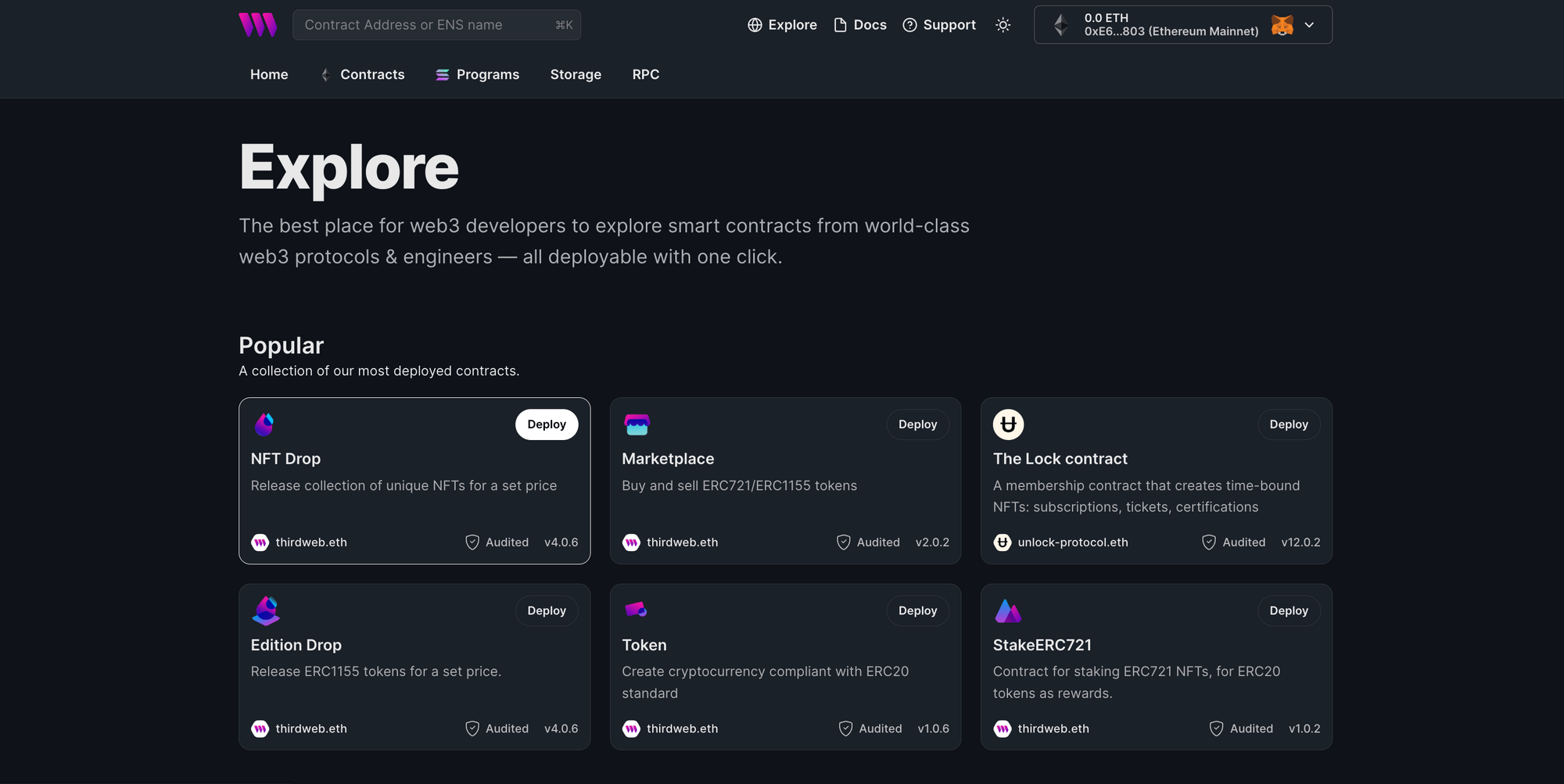
Develop and Audit Smart Contracts Using Solidity and Base Tooling: Write robust smart contracts with Solidity, leveraging frameworks like Hardhat or Foundry. Don’t skip security—use trusted audit tools and consider third-party audits to keep user funds and data safe.
-
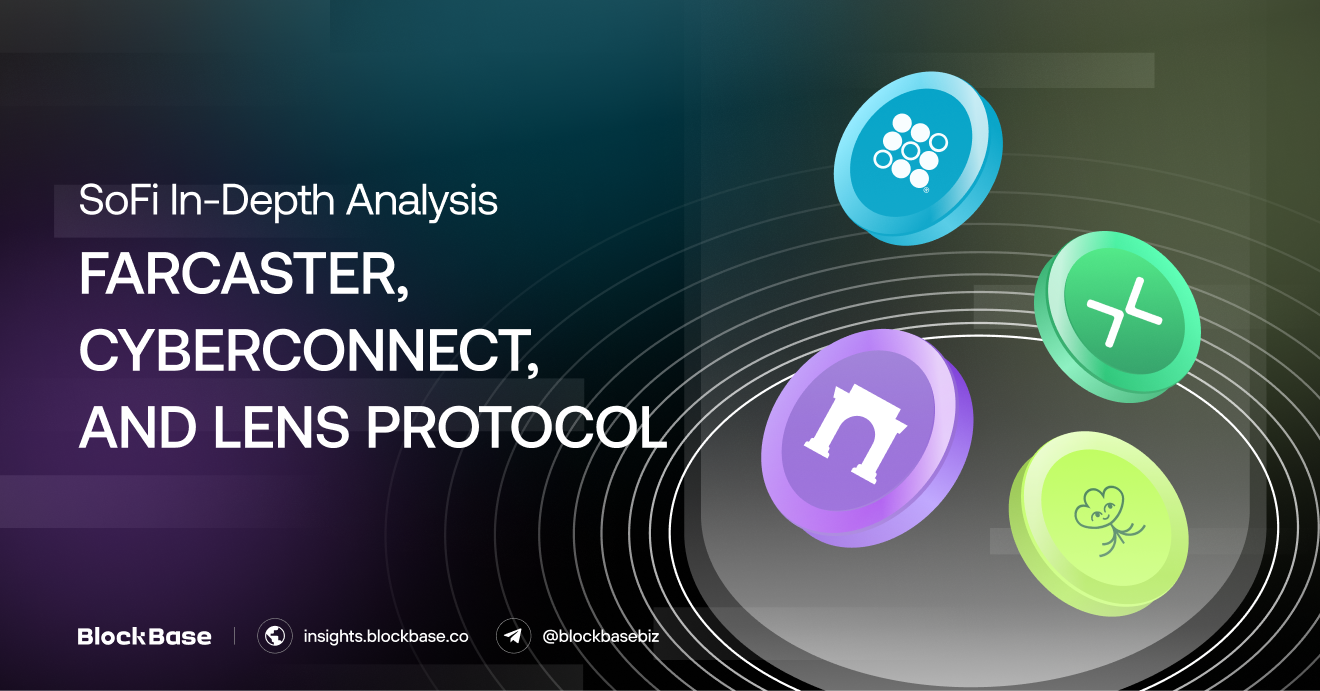
Integrate Farcaster Base or Other Social Protocols for Interoperability: Boost your app’s reach by integrating with established protocols like Farcaster on Base. This enables cross-app social identities and content portability, making your platform part of the wider Web3 social fabric.
-
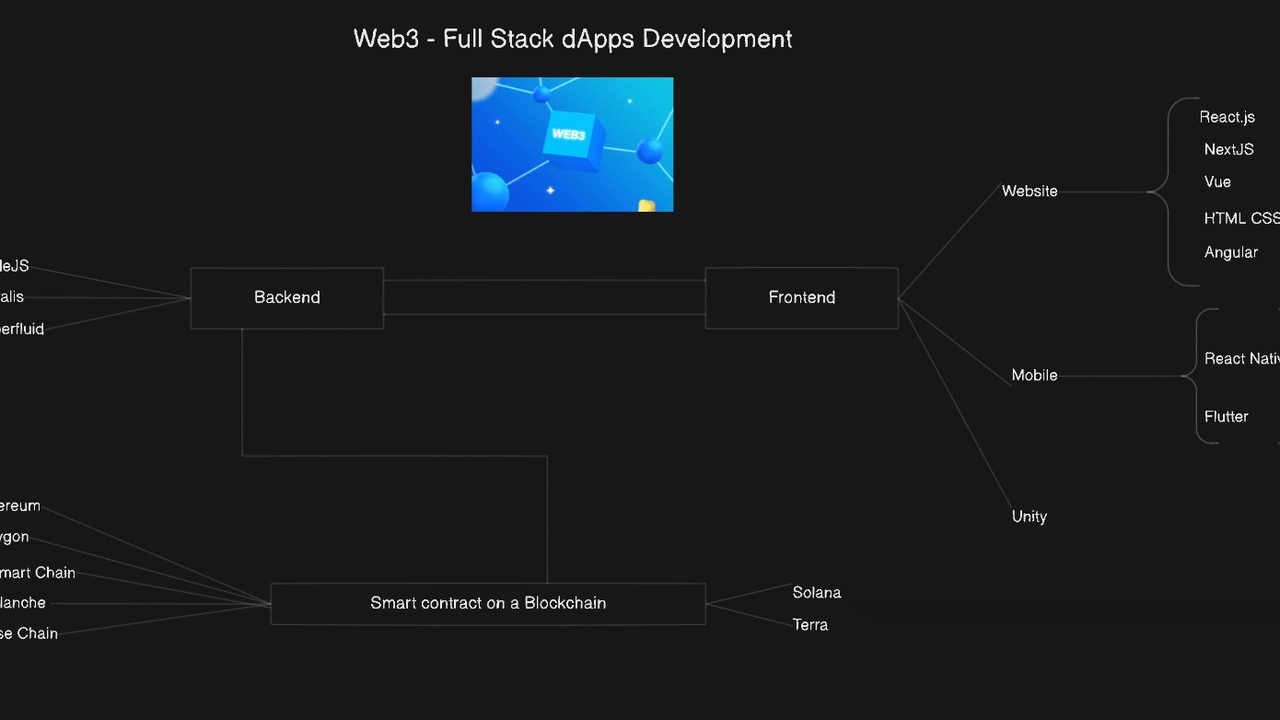
Deploy Frontend (React, Next.js) with Secure Web3 Authentication: Build a slick, responsive UI using React or Next.js. Integrate secure Web3 login flows (think WalletConnect or Dynamic) so users can authenticate and interact with the blockchain effortlessly.
-
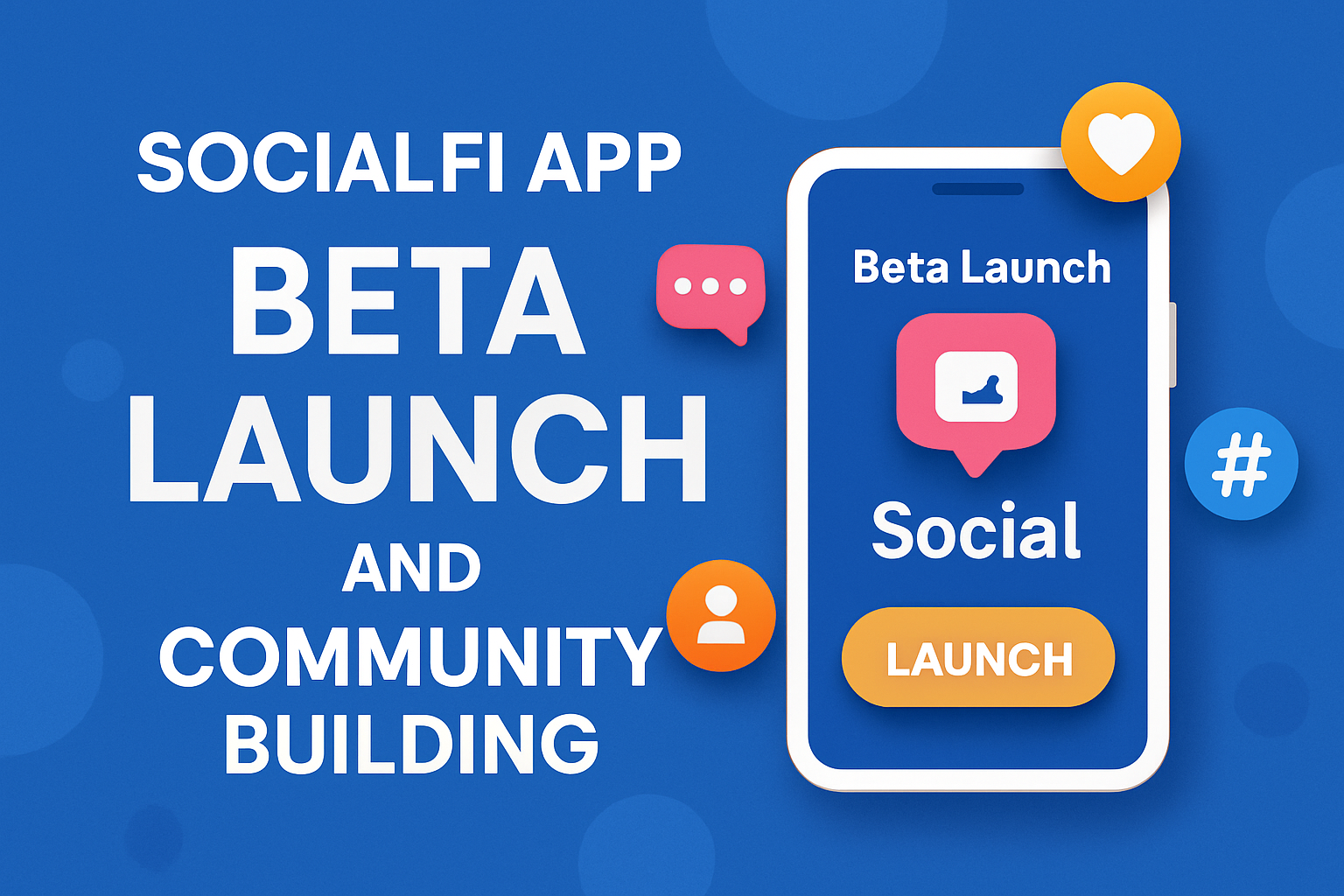
Launch Beta, Build Community, and Iterate Based on User Feedback: Roll out a beta version to real users, gather feedback, and foster a vibrant community on platforms like Discord and Twitter/X. Use insights to refine your app, ship updates, and keep your SocialFi ecosystem buzzing.
Launch Beta, Build Community, and Iterate Based on User Feedback
This is where theory meets reality, and where most projects either go viral or go home. Start with a closed beta to iron out bugs and collect brutally honest feedback from early adopters. Incentivize testers with exclusive NFTs or governance tokens (nothing says “thank you” like digital clout).
- Create Discord/Telegram groups early: Real communities form around shared pain points and memes long before mainnet launch.
- Host AMAs with your dev team and power users: Transparency builds trust, and sometimes delivers meme-worthy soundbites.
- Pivot fast if needed: The only constant in crypto is change. Ship updates based on analytics and user sentiment.
The best SocialFi apps treat their community as co-builders, not just passive consumers. Harness that energy for growth hacks you never dreamed of in Web2.
Quick Recap: Your Roadmap to Launching a SocialFi App on Base Blockchain
7 Essential Steps to Launch a SocialFi App on Base
-

Define Your SocialFi App’s Value Proposition and Target Audience: Pinpoint the unique benefits your app brings to users and clarify who will use it. This shapes every technical and community decision down the line.
-
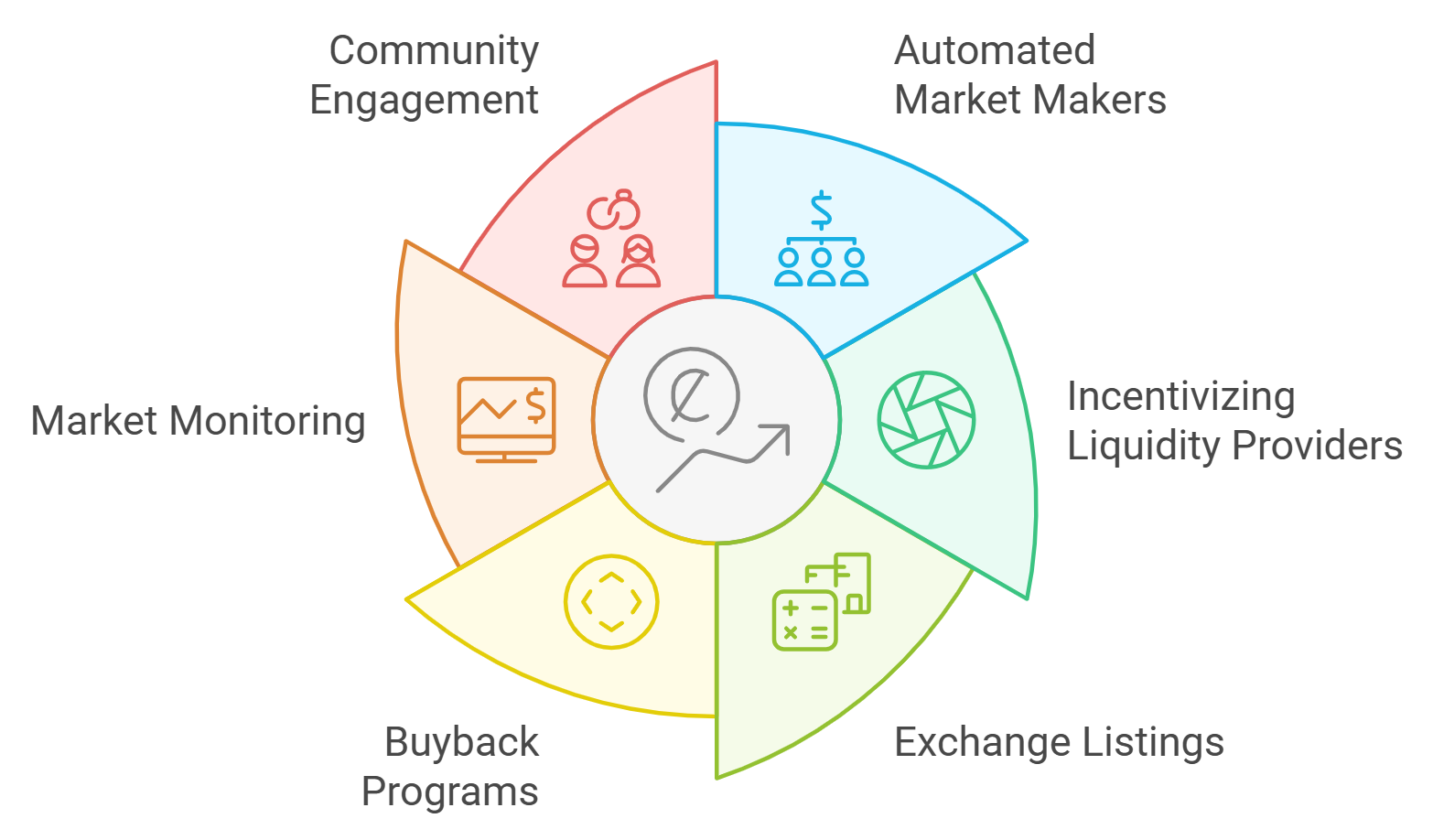
Set Up Development Environment for Base Blockchain (Node, SDKs, Wallets): Install and configure the Base node, development SDKs like Hardhat or Foundry, and connect Web3 wallets such as MetaMask for seamless blockchain interaction.
-
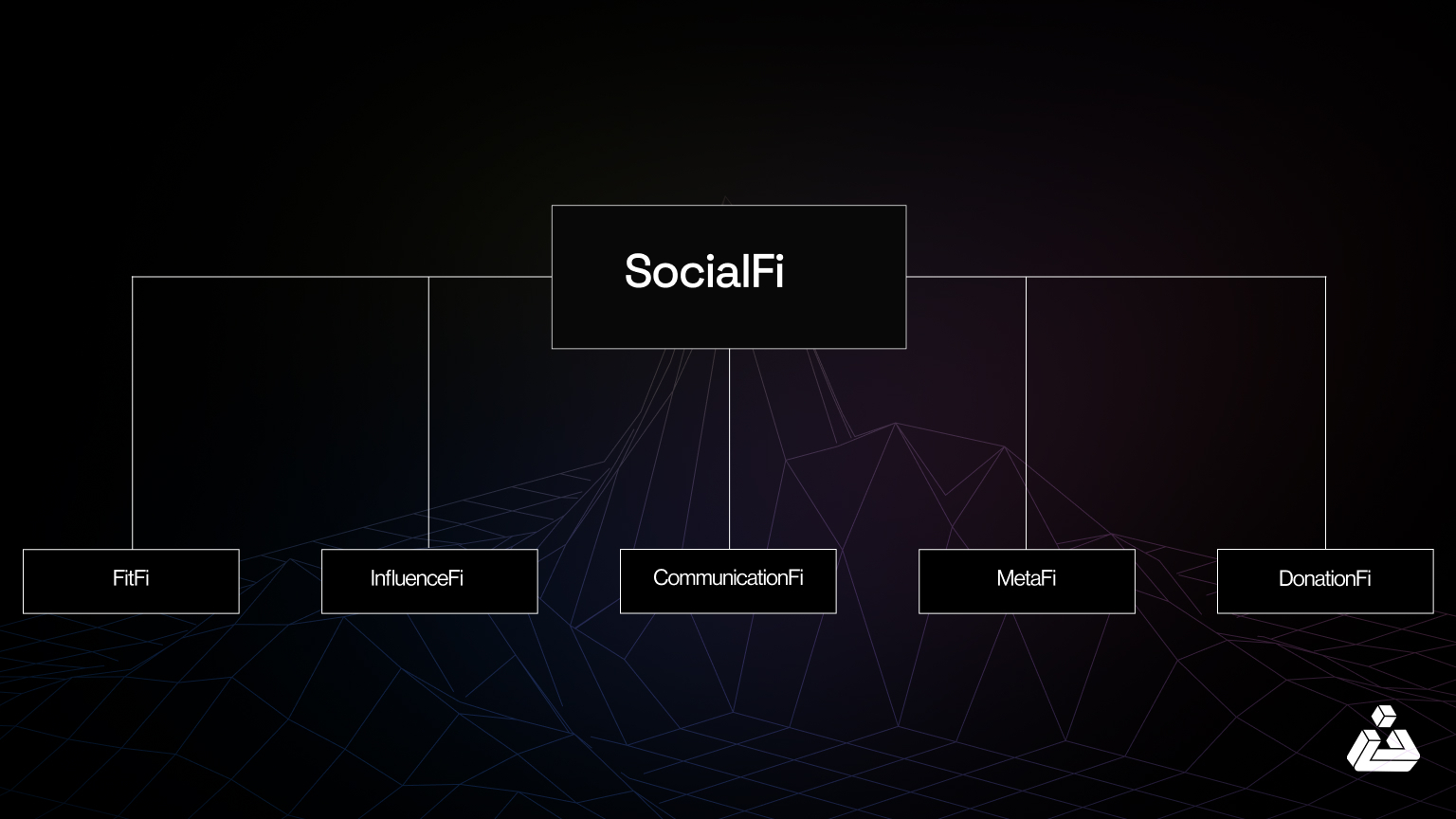
Design Decentralized Social Features and Tokenomics (Incentives, Governance): Architect core social features (profiles, feeds, content sharing) and create a robust tokenomics model with incentives and decentralized governance to drive engagement.
-
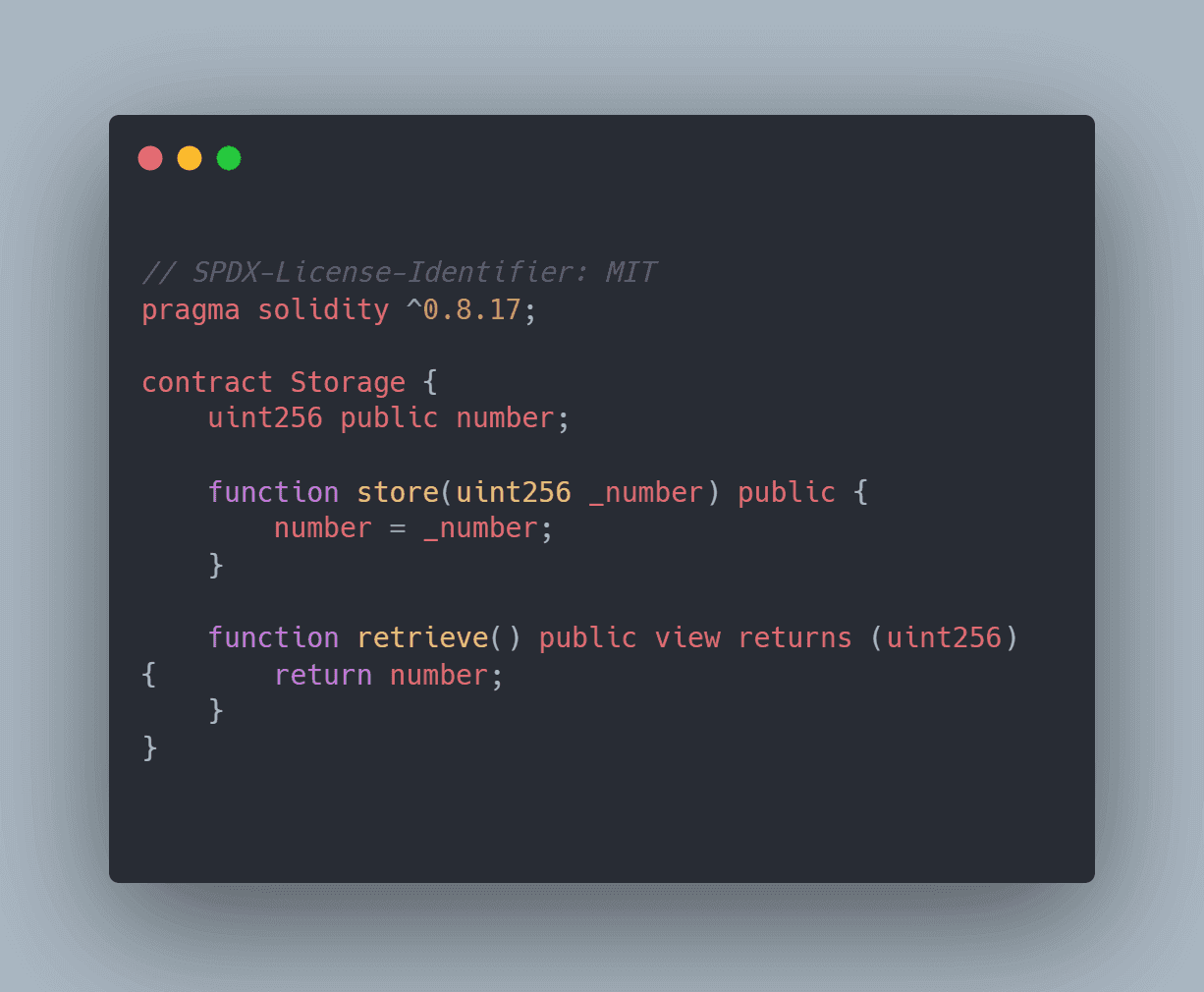
Develop and Audit Smart Contracts Using Solidity and Base Tooling: Write smart contracts in Solidity, leveraging Base-compatible tools, and conduct thorough audits to ensure security and compliance before mainnet deployment.
-
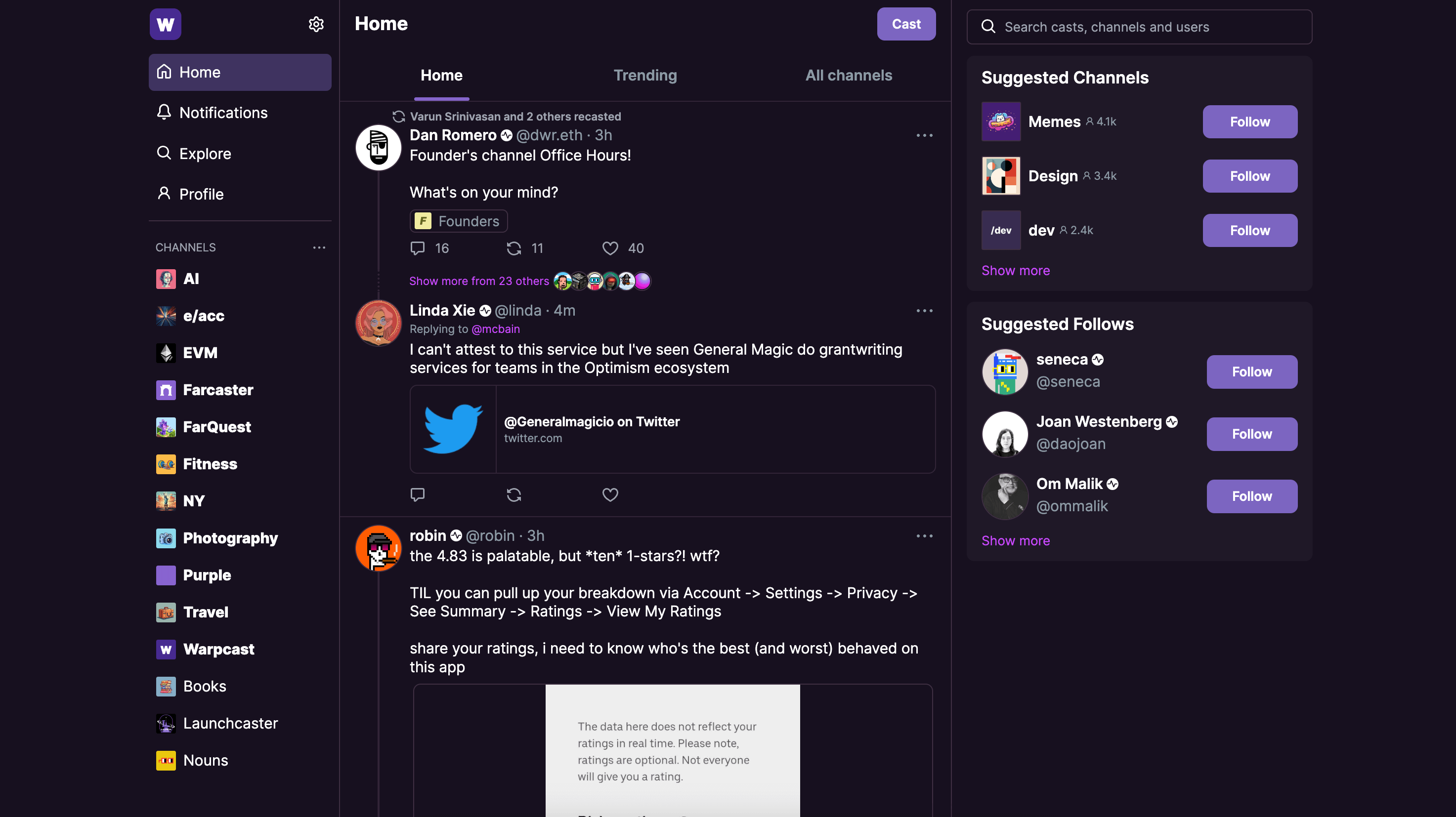
Integrate Farcaster Base or Other Social Protocols for Interoperability: Connect your app with established protocols like Farcaster Base to enable cross-platform social interactions and expand your user network.
-
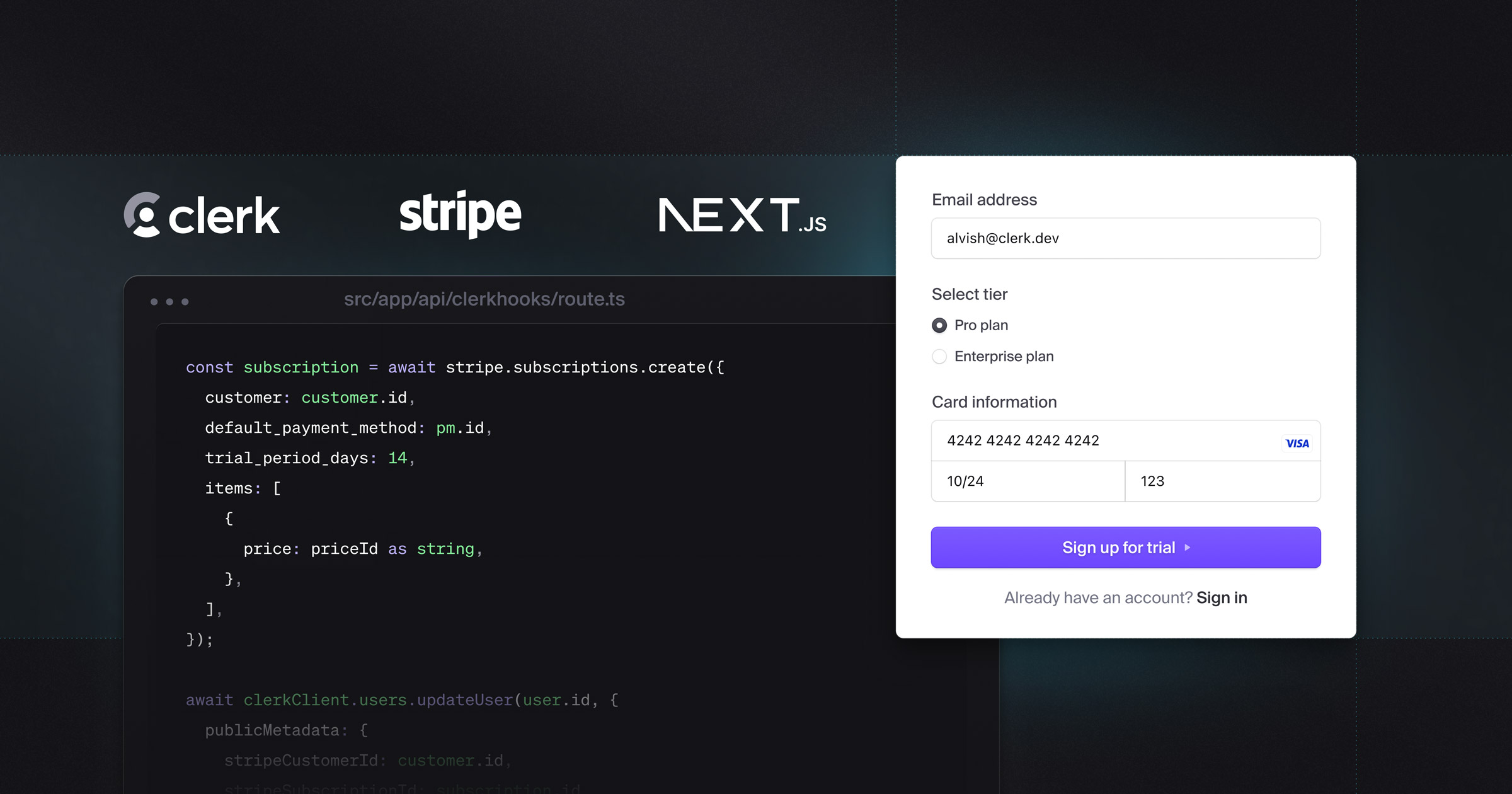
Deploy Frontend (React, Next.js) with Secure Web3 Authentication: Build a user-friendly frontend using frameworks like React or Next.js, and implement secure Web3 authentication (e.g., WalletConnect, Coinbase Wallet) for seamless onboarding.
-

Launch Beta, Build Community, and Iterate Based on User Feedback: Release a beta version, foster a vibrant community using platforms like Discord and X (formerly Twitter), and continuously improve your app based on real user insights.
If you’ve made it this far, you’re already ahead of 99% of would-be founders still lurking in Telegram chats. By following these seven essentials, from defining your value proposition to integrating Farcaster Base, you’re not just building another dapp; you’re architecting the future of decentralized social interaction.
Want more deep dives or step-by-step walkthroughs? Browse the official Base documentation for social dapps, or study live case studies like Friend. tech (see details here). And remember: In the wild world of SocialFi, volatility is inevitable, but so are new opportunities for builders bold enough to ship.
Now get out there and make memes profitable again!













